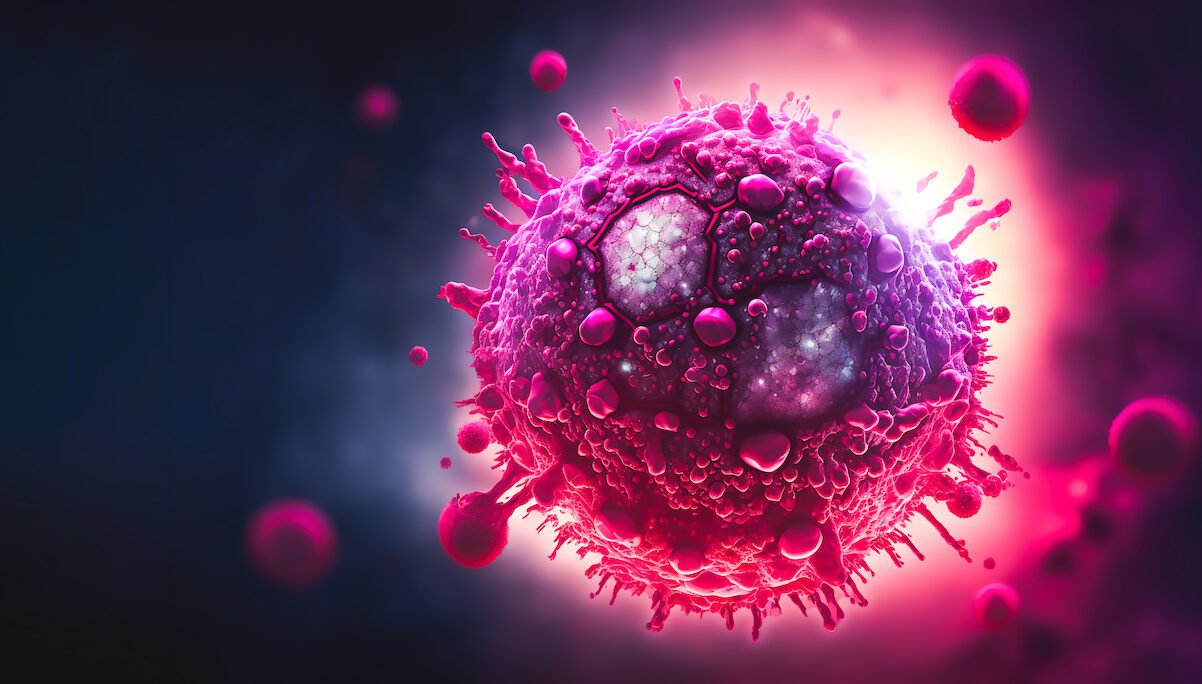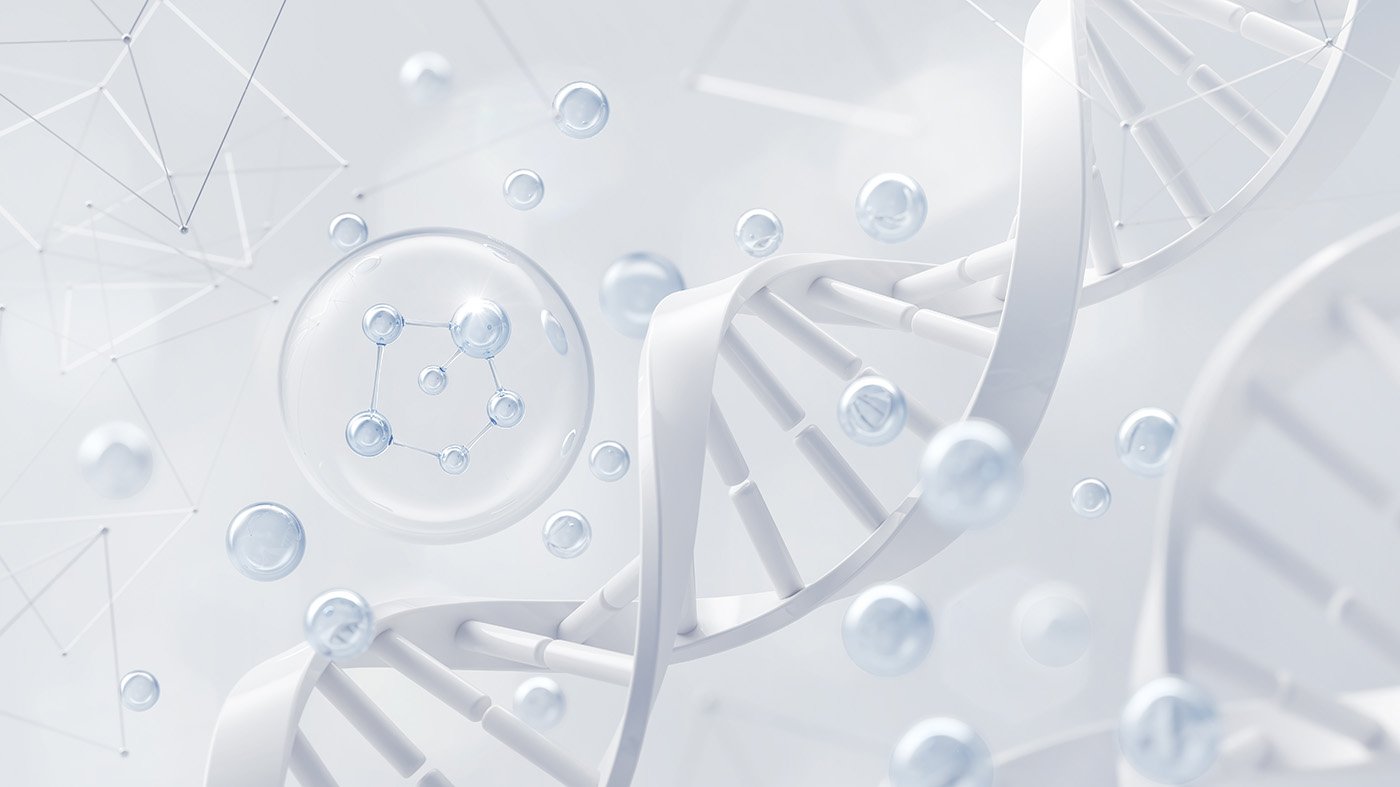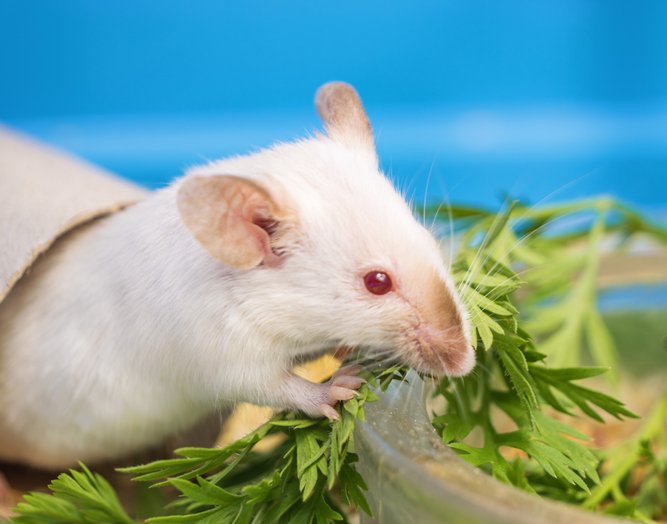Despite decades of progress, pediatric HIV continues to pose devastating challenges in regions with limited access to care. Globally, more than 100,000 children are infected with HIV each year—primarily through vertical transmission from mother to child during breastfeeding. While antiretroviral therapies (ARTs) have helped reduce maternal-fetal transmission, they require strict adherence, repeat access to healthcare, and systemic infrastructure that many regions simply cannot provide.
Now, a new study published in Nature titled, “Determinants of successful AAV-vectored delivery of HIV-1 bNAbs in early life,” suggests that a single gene therapy injection at birth could offer years-long protection against HIV, potentially transforming how pediatric HIV infections are prevented in high-risk, resource-limited settings.
Led by Amir Ardeshir, PhD, DVM, associate professor at Tulane University, the study used adeno-associated virus (AAV) vectors to deliver genes encoding broadly neutralizing antibodies (bNAbs) to infant rhesus macaques. Treated within the first month of life, the animals exhibited durable expression of HIV-fighting antibodies for up to four years, with strong protection against simulated HIV exposure through breastfeeding and sexual contact.

“This is a one-and-done treatment that fits the critical time when these mothers with HIV in resource-limited areas are most likely to see a doctor,” Ardeshir said. “As long as the treatment is delivered close to birth, the baby’s immune system will accept it and believe it’s part of itself.”
The key to the therapy’s success lies in the biology of early life. During the first weeks after birth, the immune system is naturally more tolerant—programmed to accept, rather than attack, new antigens. This phenomenon, which Ardeshir described to GEN as a “window of opportunity,” has been observed in other contexts, such as microbiome establishment and transplant tolerance. In the case of gene therapy, exploiting this window allowed newborn macaques to accept the foreign antibody-encoding genes without developing anti-drug immune responses that typically shut down treatment in older subjects.
“The neonatal immune system is fundamentally different,” Ardeshir told GEN. “It’s designed to tolerate rather than attack.” Evolutionarily, it makes sense—newborns must tolerate maternal antigens and establish their microbiome, he continued. We’re “essentially exploiting nature’s own programming…not working against it.”
Of the macaques treated within the first 48 hours of life, seven out of eight maintained durable bNAb expression. In contrast, only two out of six juveniles—treated at 2–3 months of age—achieved similar protection.
One of the most surprising results, Ardeshir said, was the duration of the antibody response. “We followed these animals for two to four years, and they maintained protective levels without any boosting. That was huge.”
To deliver the therapy, researchers used a standard AAV platform targeted to long-lived muscle cells, transforming them into “micro antibody factories that just keep producing these antibodies,” added Ardeshir. The bNAb selected—3BNC117—has broad activity across HIV strains, and future iterations could combine multiple antibodies for even broader protection.
The team also explored an intriguing variation: in utero exposure to the bNAb prior to gene therapy. Drawing inspiration from classic tolerance studies in mice, they found that macaques exposed to the antibody before birth were more likely to accept the gene therapy as older infants. “Sometimes the new technology is just using old biology smartly,” Ardeshir said.
Still, significant challenges remain before the approach can be used in human infants. The study used only one SHIV strain, and the translation from macaques to humans must consider differences in body size, immune development, and serum concentrations over time. Moreover, the cost of AAV-based therapies remains a major barrier, especially in the low- and middle-income countries that shoulder the bulk of pediatric HIV burden.
Ardeshir acknowledged the issue but emphasized reasons for optimism. “This came [up] during the ASGCT conference—[it’s] technically the elephant in the room, right? AAV therapies are expensive. But…people said the same about ART in the 1990s.” But there are “several factors” in our favor. This therapy is thermally stable, doesn’t require a cold chain, and only needs to be administered once, at birth, when healthcare access is at its highest.
He also pointed to emerging local manufacturing capacity and evolving policy frameworks as key to bringing costs down. “This is an Africa-ready solution, designed from the ground up for resource-limited settings. I think this could be a game changer for global health.”
Beyond HIV, Ardeshir sees potential to apply the same approach to other pediatric infections—any disease where passive immunity could provide early protection. “This could be a blueprint for all gene therapy,” he said.
Ultimately, Ardeshir believes the impact of this work goes beyond scientific innovation. “This is not about the scientific elegance—it’s about the mother in rural Africa who can’t access the medications.” This is about giving her and her child a chance at a healthy life, he added. We didn’t make…a better hammer—we just found a way not to use one.”
As global funding shifts and healthcare access gaps persist, this study opens a powerful possibility: a single shot, given at the right time, could provide long-term immunity—changing the course of pediatric HIV and setting a new precedent for global infectious disease prevention.
The post Early Gene Therapy Provides Lasting HIV Protection in Newborn Primates appeared first on GEN – Genetic Engineering and Biotechnology News.




